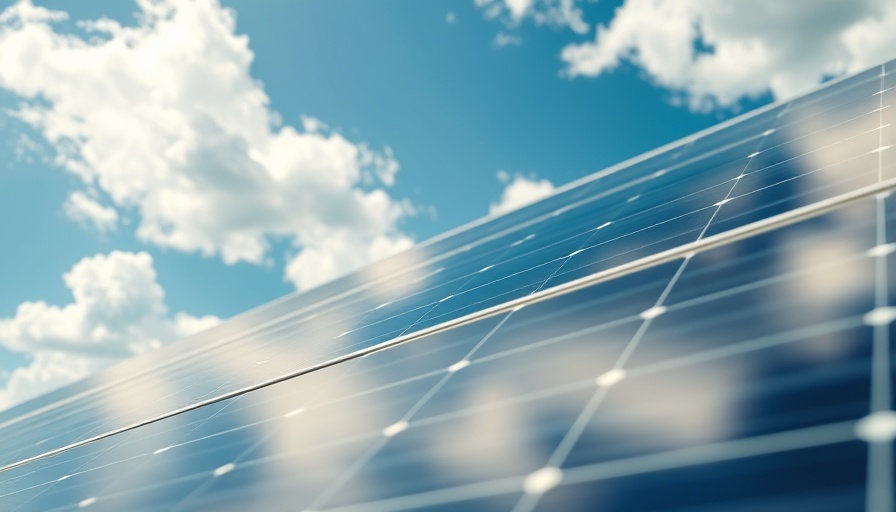
Understanding Wind Droughts and Their Implications
As climate change continues to dominate discussions about future energy supplies, a new study published in Nature Climate Change reveals a concerning shift for wind energy producers. This research indicates that extreme "wind droughts"—periods characterized by significantly reduced wind speeds—could last up to 15% longer by the end of this century, particularly across much of the northern hemisphere under moderate warming conditions. Already observed in regions such as Europe, the US, northeastern China, Japan, and India, these events threaten the stability of wind power, which is pivotal in the global shift towards renewable energy.
Why Wind Droughts Matter
Wind power currently contributes around 8% to the global electricity supply, playing a crucial role in various countries' decarbonisation efforts. Wind droughts not only decrease energy output but can also escalate energy prices as countries rely on more expensive alternative sources, like fossil fuels, to meet demand. This dynamic underscores the interconnectedness of climate conditions and energy economics—a point illustrated by recent price spikes in Germany due to prolonged periods of low wind, known colloquially as dunkelflaute, meaning "dark doldrums".
Combating Wind Droughts: Strategies for the Future
The study emphasizes the importance of integrating wind power with other renewable energy technologies like solar, hydro, and nuclear. By diversifying energy sources, countries can mitigate the impact of prolonged low-wind events. For instance, combining solar panels with wind turbines can provide stability, as solar energy output peaks during calm weather while wind droughts prevail.
Preparing for Wind Droughts: A Call for Action
Experts assert that this research should not incite panic within the wind energy sector but act as a pivotal navigation tool for policymakers and energy companies. By implementing strategic planning focused on climate-resilient energy solutions, the industry can enhance its adaptability to future challenges posed by climate change.
Broader Implications for Renewable Energy
This looming challenge of wind droughts speaks to the necessity of sustainable living practices. Consumers can contribute by investing in eco-friendly products and supporting initiatives that prioritize sustainable energy. From using energy-efficient appliances to advocating for clearer environmental policies, individual actions add up to significant impacts in combating climate change.
Community Engagement in Renewable Energy
Emphasizing community involvement in renewable energy production can foster both education and action. Local initiatives, such as community gardens utilizing solar energy or co-op wind farms, can not only enhance trust and cooperation but also promote a culture of sustainability. Investing in responsible consumption practices—like sourcing organic products and supporting local businesses—further empowers communities to take charge of their energy futures.
Conclusion: Moving Towards a Sustainable Future
Climate change poses serious threats to renewable energy sources, but with informed strategies and community involvement, we can navigate these challenges. As we reflect on the findings regarding wind droughts, let's double down on efforts to integrate sustainable practices into our lives and support green technologies. Together, we can work towards a sustainable future that minimizes our ecological footprint while ensuring energy security for generations to come.
 Add Row
Add Row  Add
Add 



Write A Comment